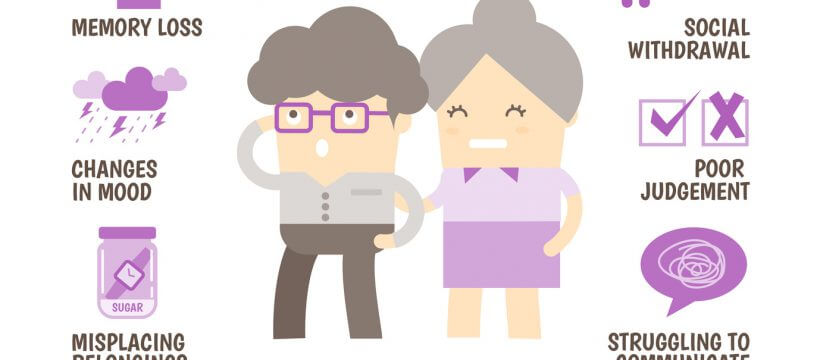
CPRNM® is a comprehensive directory designed to connect individuals and employers with top-tier training
providers including the AHA®, Red Cross®, and other training providers.*
Communication Tips for Dementia and Alzheimer’s Caregivers
Caregivers
Until someone has been affected by Alzheimer’s or dementia, either directly or through a loved one, it is difficult to understand the strain that these conditions can have on communication. As the disease progresses, the person will gradually experience increased complications attempting to express emotions and thoughts. This in turn can lead to high levels of frustration for everyone involved.
Caregivers can help by understanding the changes that might occur over the course of Alzheimer’s and similar conditions and adjust accordingly. Knowing the best way to respond enables both the patient and the caregiver to more effectively communicate with each other.
Changes in Communication
Each individual afflicted with dementia or Alzheimer’s will experience variations in their ability to communicate at different stages of disease progression. This is because these conditions develop differently from person to person. Therefore, there is no set standard of behavior at any given stage. However, there are several behaviors that are likely to be encountered at one point or another:
-
Repetition of familiar words or phrases
-
Difficulty selecting the proper words
-
Describing objects instead of calling them by name
-
Easily distracted
-
Illogical word organization
-
Gradual aversion to verbal communication
-
Reverting to native language
-
Relying heavily on gestures rather than words
Early Stages
In the early stages of cognitive decline, most people still have the ability to communicate relatively clearly. However, it is common for stories to be repeated and for over-stimulation to become overwhelming. Such individuals may also experience trouble finding the correct words.
In these circumstances, it is extremely important to avoid excluding the person from conversations. They should be addressed directly, rather than speaking to them through someone else. Take the time to listen to how they feel and what they need, and allow them ample chance to respond without interruption unless they ask for help. Find out how they prefer to communicate, whether it is through writing or speaking.
Middle Stages
This is often the longest stage and can last for years. At this point, caregivers should remember that their loved one may need more time to think about their response and to relay what they want to say.
When possible, conversations should take place in a quiet environment with few distractions. Patience and support are needed so the person can feel comfortable and encouraged to communicate. Maintain eye contact, and avoid criticism and argument. Listen closely for what the person means to say and repeat it if necessary for clarification. Avoid conversations requiring complex thinking. Caregivers may need to speak clearly and slowly with visual cues or stick to simple “yes” and “no” questions.
Late Stages
Communicating in the late stages often relies on nonverbal hints like vocal sounds and facial cues. Dignity and respect is a must – avoid baby talk and derogatory remarks. Encourage these nonverbal cues, and ask the person to gesture or point if necessary.
Emotions, sounds, sights, smells, and touch will become important factors in the person’s ability to convey their thoughts, so caregivers should try to incorporate them as well.
 September 1, 2016
September 1, 2016 






